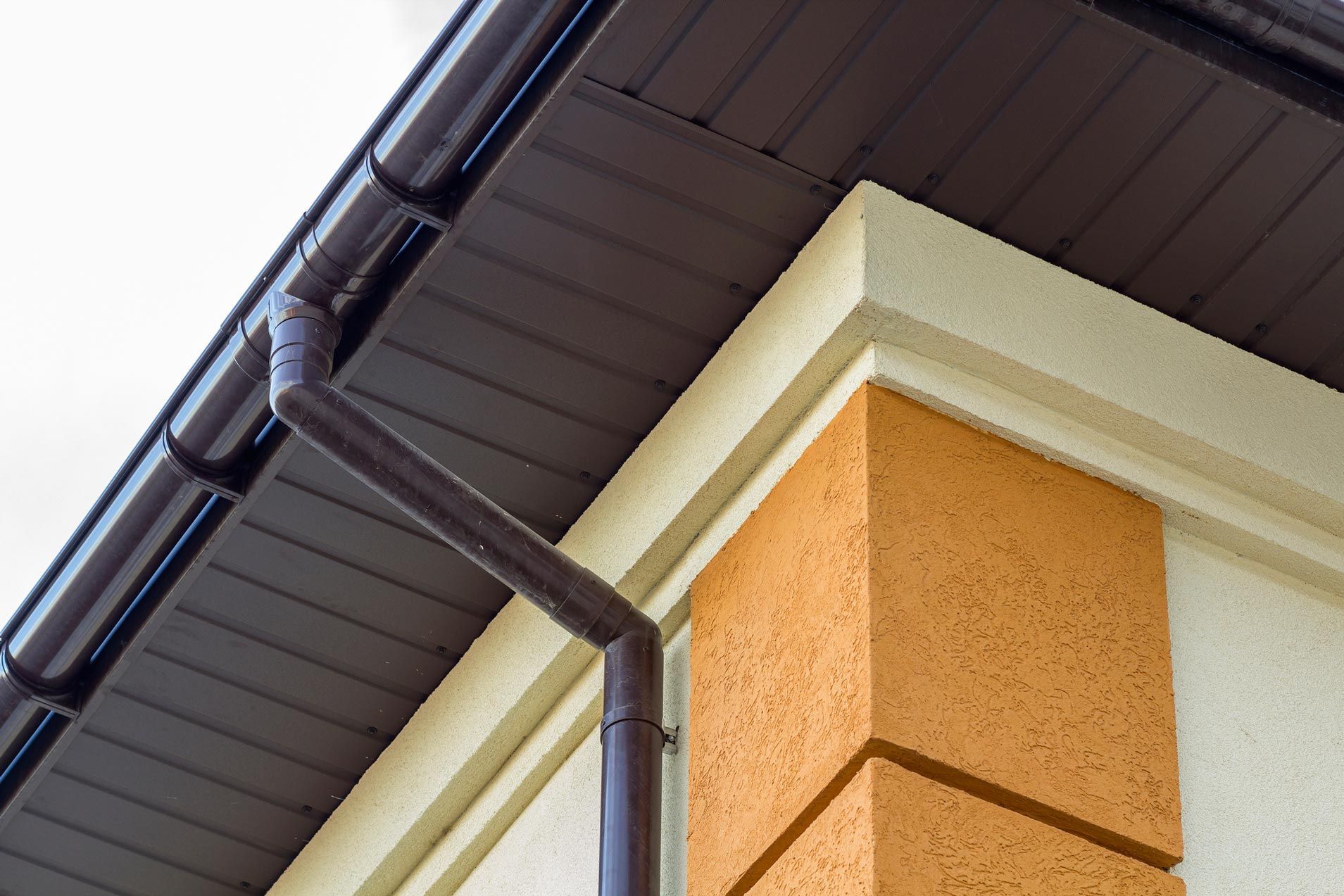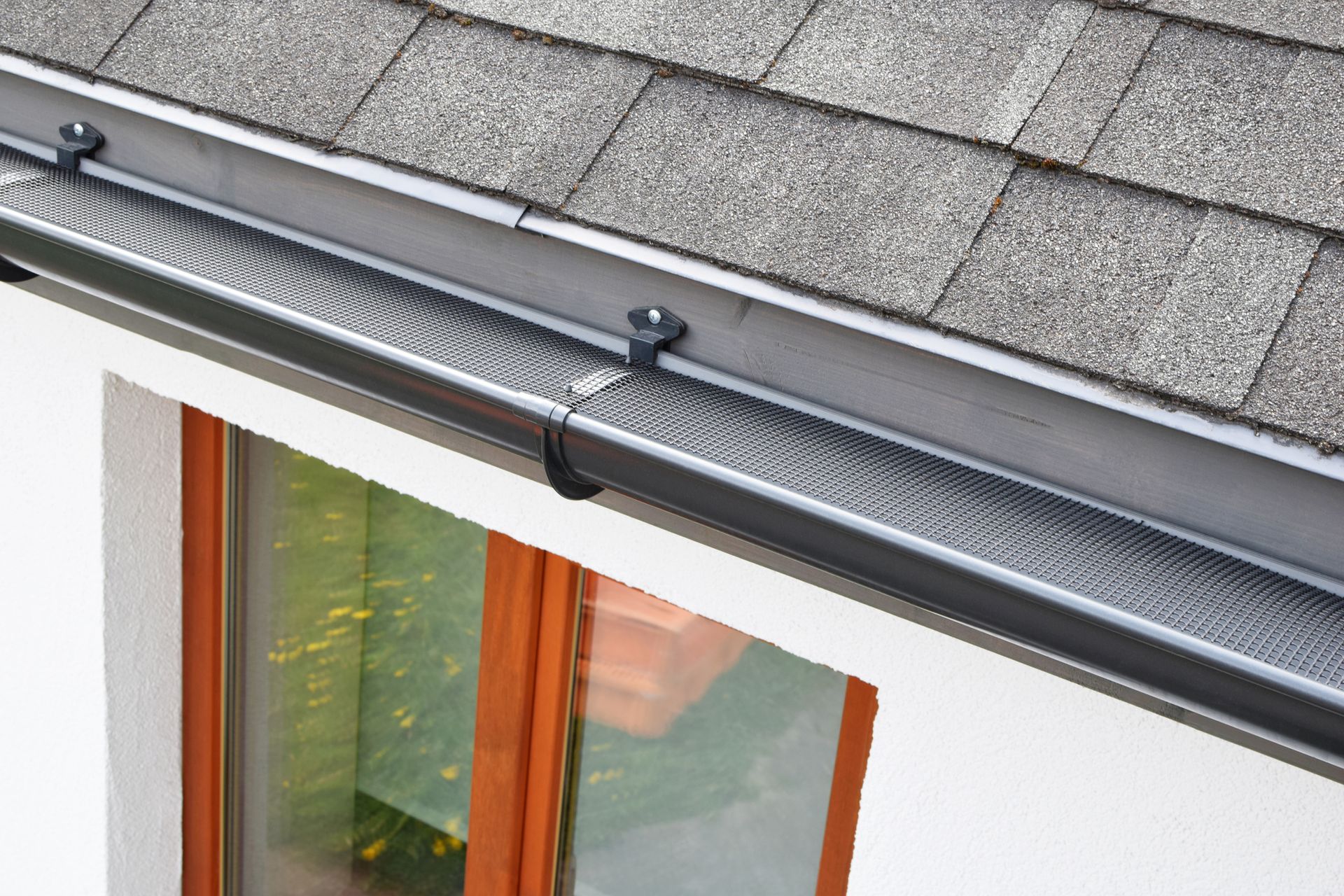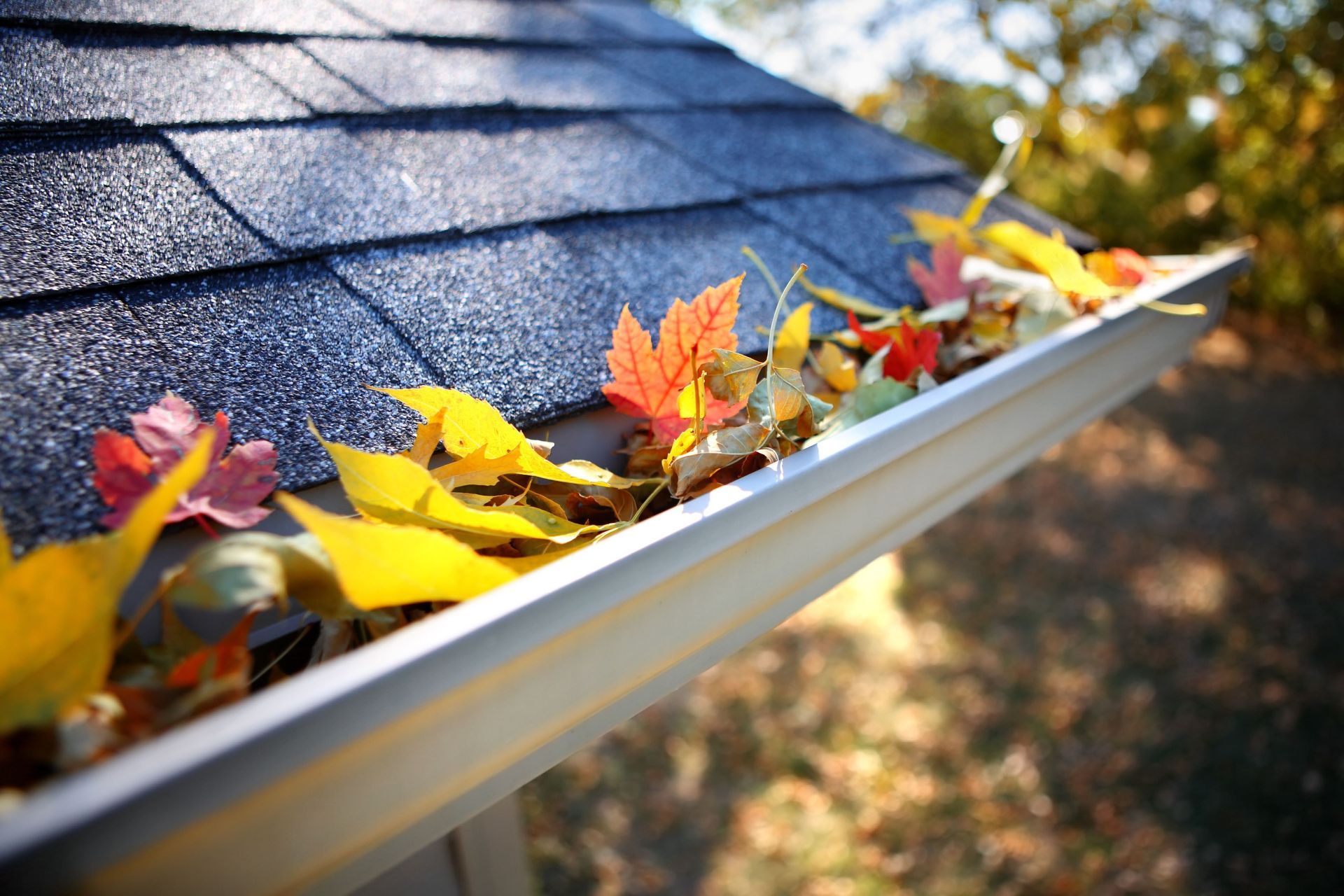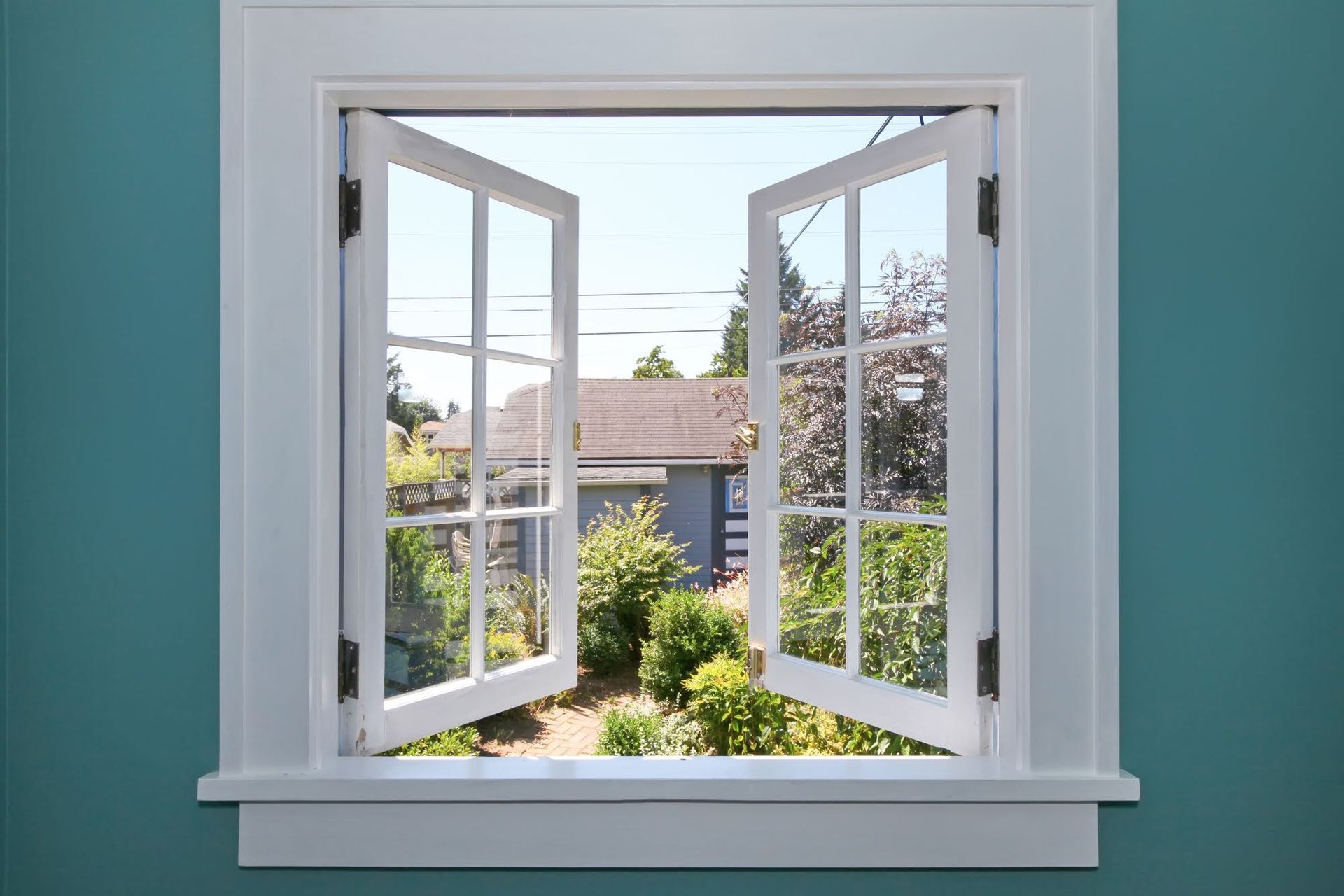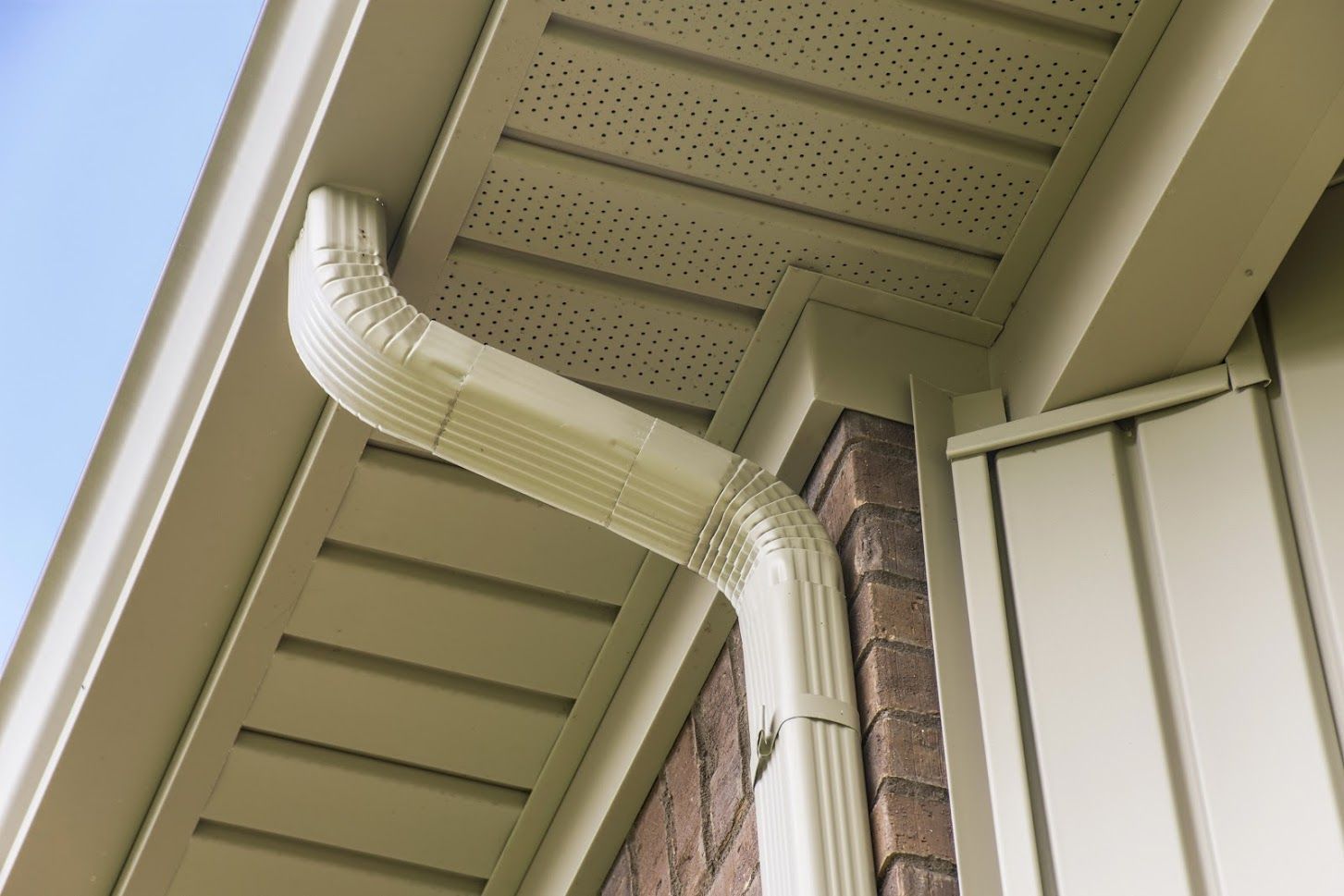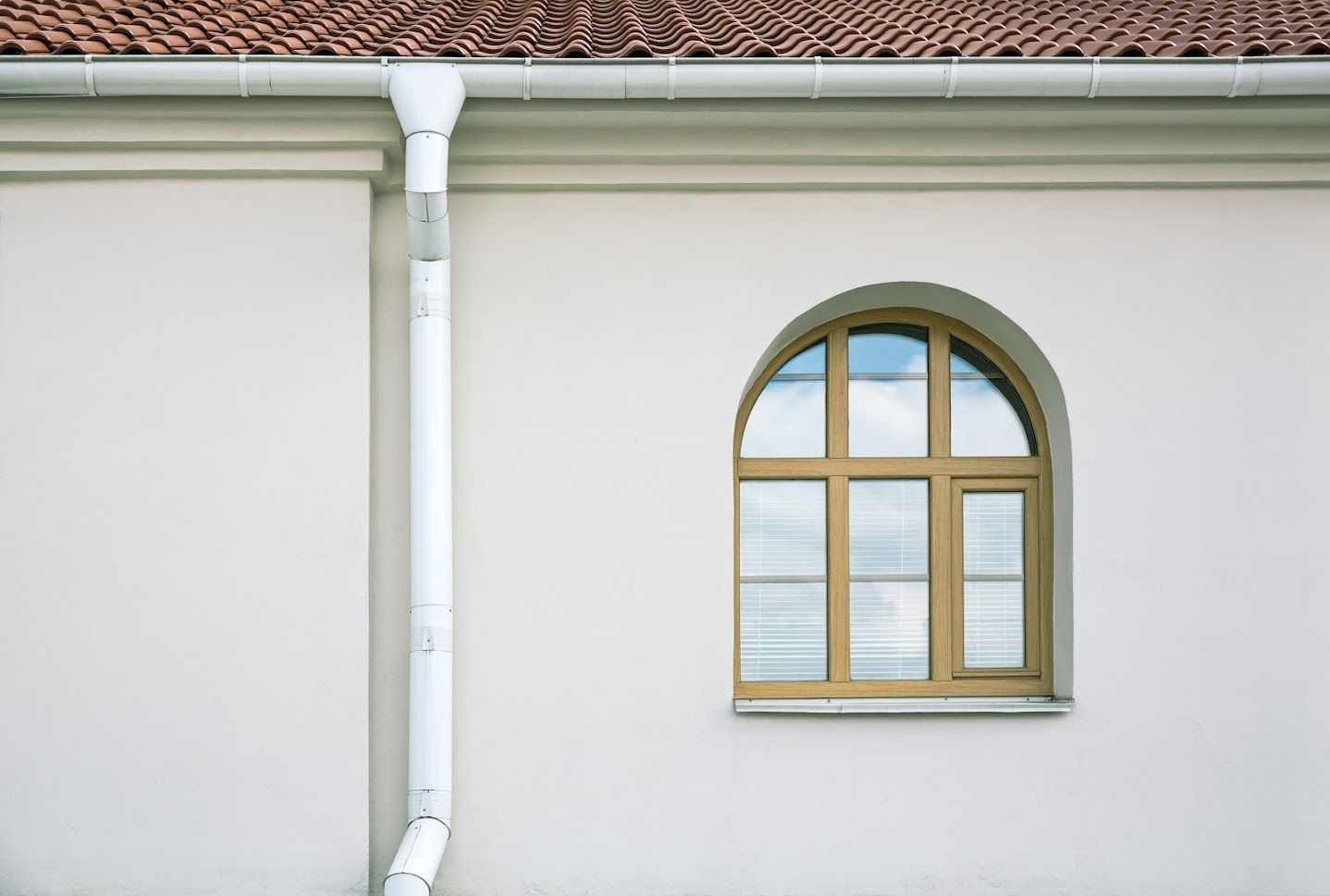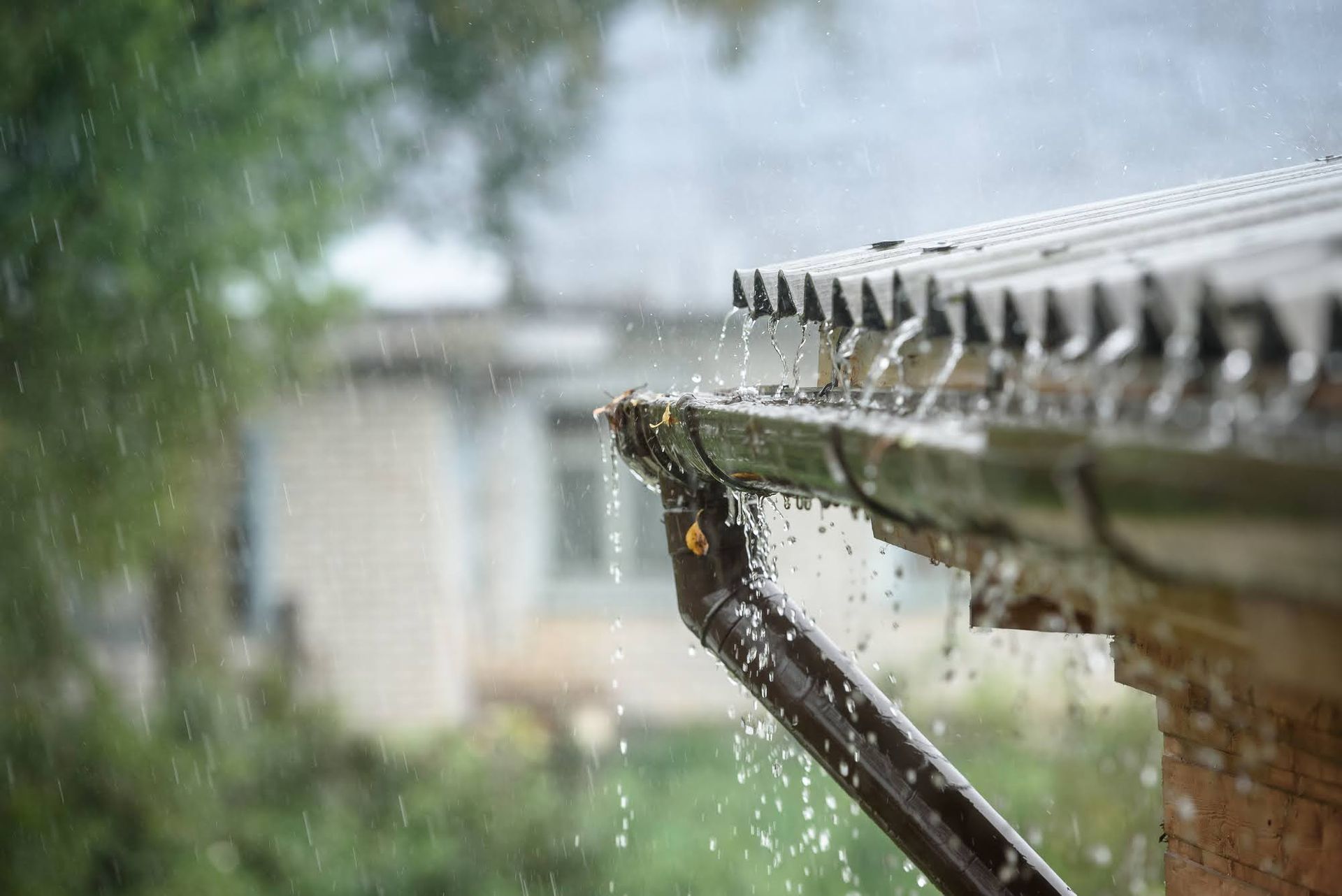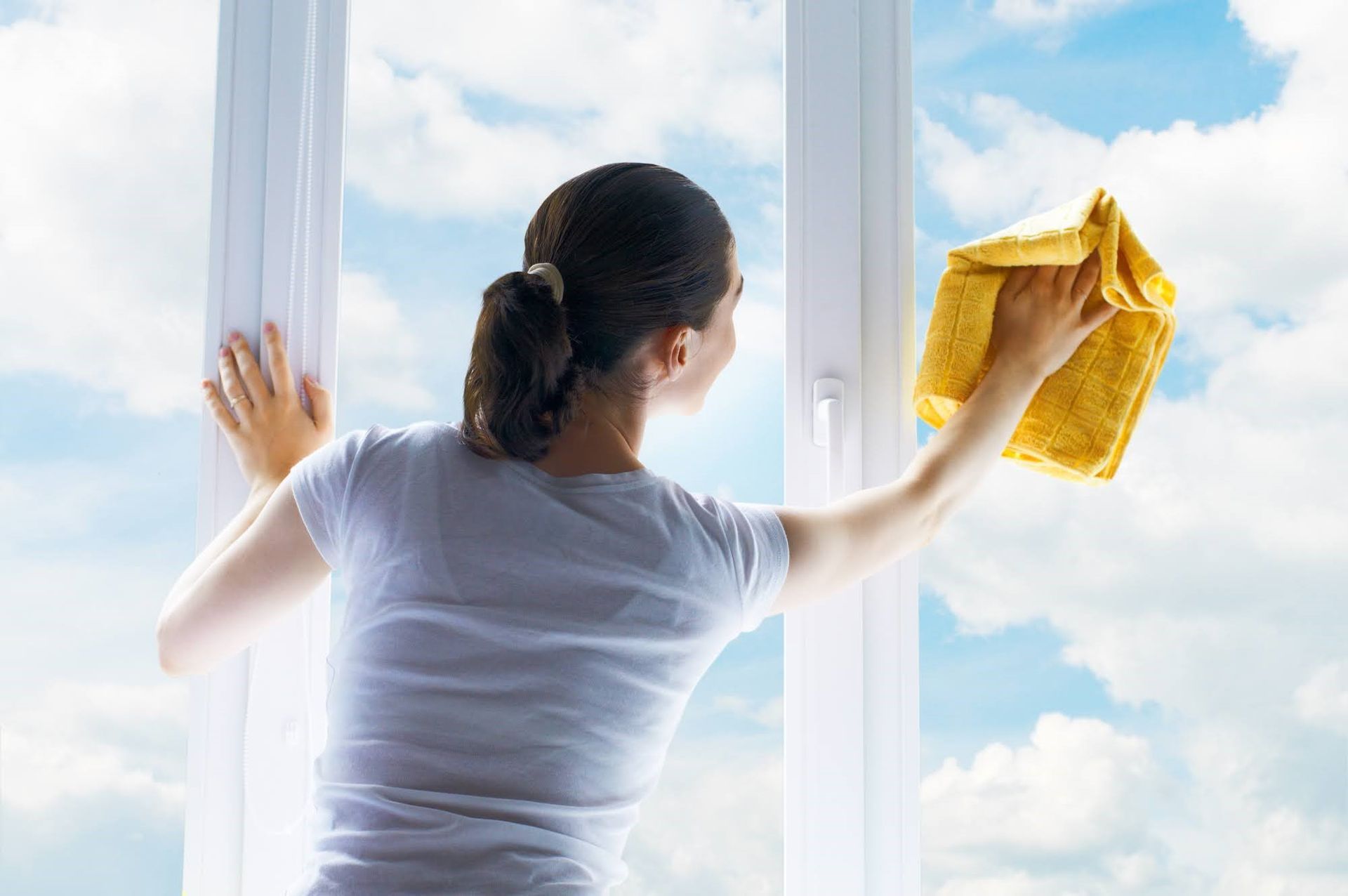4 Signs You Need Vinyl Siding Replacement
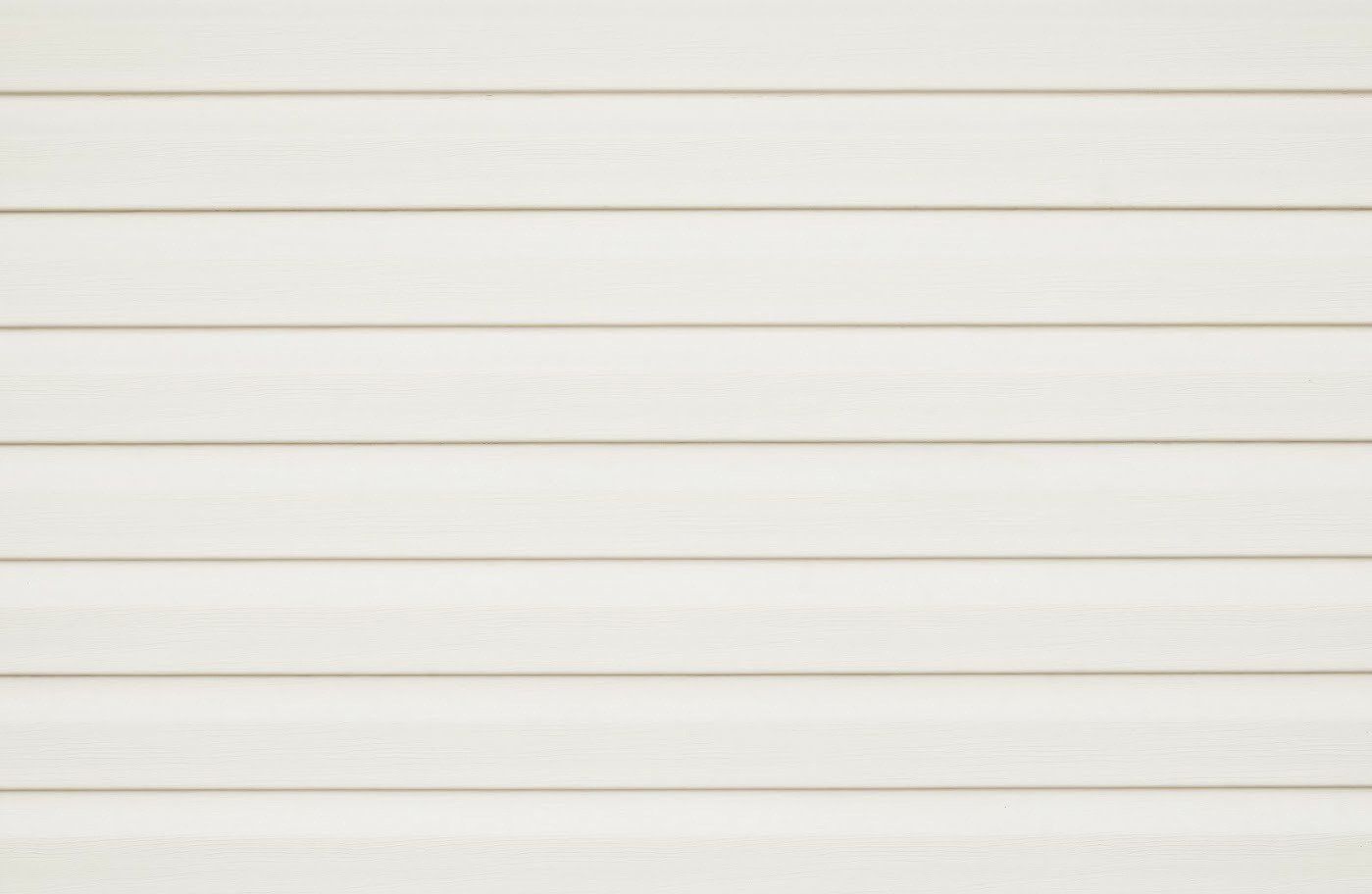
Homeowners should replace their home siding when necessary to avoid the hazards of keeping old, damaged siding in place for too long. Damaged siding can allow rainwater to seep underneath it, potentially leading to mold growth or wood rot to the wooden sheathing behind it. Once this wood has rotted, it can allow water to seep through it and into your home's exterior walls, potentially causing costly structural damage.
Vinyl siding has no predetermined replacement schedule, because how long it stays in good condition is affected by many factors, including your local climate. Instead, inspect this siding type on a regular basis to check for damage that signals replacement is necessary.
Learn four signs you need vinyl siding replacement.
1. Warping or Cracking
Exposure to the sun's UV rays and heat over the years can cause vinyl siding to warp or crack.
While slight warping of vinyl siding can simply be an eyesore, as this warping worsens, this can lead to vinyl siding panels pulling against the metal fasteners that attach them to the home and separating from the wooden sheathing behind them. When panels no longer fasten against the home exterior securely, rainwater can potentially penetrate underneath them and damage the wood sheathing.
In addition, when siding cracks, rainwater can easily enter these cracks.
For this reason, replace vinyl panels as soon as you notice any warping or cracking.
2. Holes
Holes can develop in vinyl siding for various reasons, although a common cause of hole development in older siding is pest damage. Pests typically create holes in old siding by chewing through the vinyl when they seek shelter or in search of a food source.
While rodents can build nests inside of the air pockets behind siding panels, termites and other wood-eating termites can burrow through the vinyl when they would like to eat the wood behind it.
Any vinyl panel with signs of pest damage need replacing with one of today's modern pest-resistant vinyl panels. This replacement not only prevents water entry through the holes but also helps eliminate the pests' entry points into the home.
3. Hail Damage
Every homeowner should inspect their vinyl siding for the telltale signs of hail damage after a hailstorm. Large, dense hailstones can crack or chip vinyl siding panels. These hailstones typically chip panels when they hit the bottom edge of them and create arch-shaped cracks when they make contact with the upper areas of the panels.
When you notice signs of siding hail damage, contact your homeowners insurance company along with a vinyl siding replacement expert. Most homeowners insurance policies cover the cost of home repairs necessary due to hail damage as long as the damage is not simply cosmetic in nature.
4. Peeling Exterior Wall Paint
Have you noticed that the paint on the interior surface of an exterior wall has suddenly begun to peel? Then, that is a sign that water may have begun to seep underneath your vinyl siding and has already penetrated into your home's drywall.
Depending on how your vinyl siding was designed, this water could seep underneath siding panels directly behind the area where the paint is peeling or underneath the location where the panels connect to the soffit and fascia near the roof.
Whether or not you can find any damaged siding panels, contact a vinyl siding expert who can inspect your siding thoroughly to locate and correct the potential siding problem causing the water damage.
If you have vinyl siding on your home, then inspect this siding on a regular basis to locate any problems that indicate necessary siding replacement. Contact the vinyl siding experts at Allstate Gutter & Siding for all of your
vinyl siding inspection and replacement needs today.
(515) 987-1591 PO Box 118, 465 SE Alice’s Rd, Ste. I, Waukee, IA 50263


